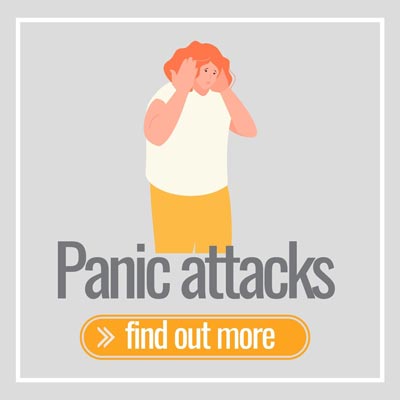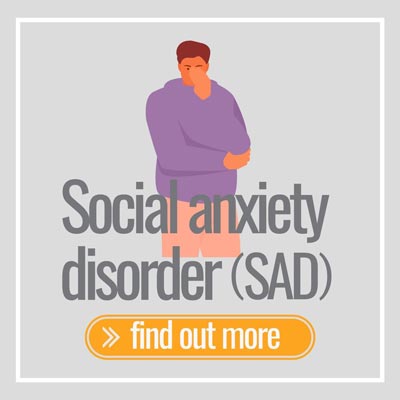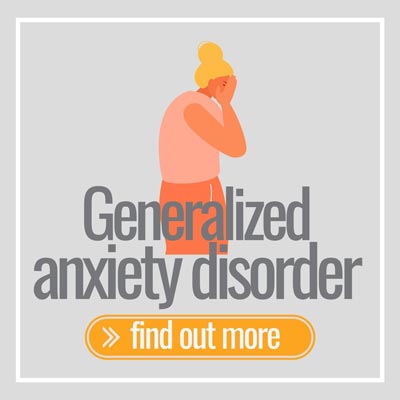How to Calm Anxiety
Until a few years ago, it was said that one should distract oneself or take psychotropic drugs to calm down from anxiety. Special breathing techniques, progressive muscle relaxation, or psychotherapeutic methods in which you learn to face your fears were also frequently recommended. But how up-to-date are all these methods?
The fact is: A lot has happened in the treatment of anxiety disorders in recent years. New insights into the structure and functioning of the human brain have led to entirely new treatment approaches. Instead of psychotropic drugs and confrontation therapy, new mental techniques are becoming increasingly essential to retrain a brain in which fears have become entrenched. These new methods are gentler and significantly more effective than previous treatments. A pioneer in this field is a form of therapy developed in Germany. It has been used successfully there for many years. It is known in professional circles as the Bernhardt Method because it was created by Daniela and Klaus Bernhardt, the two directors of the Institute for Modern Psychotherapy in Berlin.
Anxiety Disorder Treatments, According to the Latest Brain Research
When Klaus Bernhardt presented this new method for combating anxiety in his international bestseller “The Anxiety Cure“, a jolt went through the professional world. Until then, it was assumed that treating anxiety disorders was complex and, above all, lengthy. But this changed when Bernhardt discovered how the neuroplasticity of the human brain can be stimulated with simple exercises in such a way that pathological anxiety is literally unlearned. Special mental training is used, which should be applied for 20 to 30 minutes daily directly before going to bed. Consistently applied, this training leads to a significantly reduced feeling of anxiety after only a few days, even in the case of long-term anxiety patients with severe courses of illness. Of course, how long it ultimately takes to completely overcome an anxiety disorder varies from case to case. But even complete cures within a few months are not uncommon. In the following video, you will learn why this new form of psychotherapy, also available as self-therapy, is so successful.
The Bernhardt Method: Hope even for Long-Time Anxiety Patients
Especially long-term patients are skeptical when it comes to fast healing. In Germany, too, many psychiatrists and psychotherapists were convinced that such immediate therapeutic successes were impossible. And if so, then only with the help of medication and consistent confrontation therapy. But it is precisely these two therapy methods that the Bernhardt Method dispenses with completely. So how can it be that it nevertheless helps quickly and sustainably?
Classical Psychotherapy is Based on Old Ideas About the Brain
For decades, the doctrine was that one must face one’s fears. Furthermore, many assumed that early childhood traumas must first be discovered and worked through before healing is possible. The view that pathological anxiety can only be permanently overcome if psychotherapy is supported by medication was and is also widespread. But thanks to new findings in brain research, we now know that our brains function quite differently than was long assumed. In fact, until the late 1990s, it was thought that the adult brain hardly changed. Today, however, we know that precisely the opposite is the case. Every new experience, even every single thought, causes new synaptic connections to grow into old age. In addition, the more thinking is accompanied by emotions, the more efficient the brain becomes at evoking these emotions more and more frequently. This applies to negative emotions as well as positive ones.

Confrontational Therapy Can Increase Anxiety
The more pronounced an anxiety disorder is, the more difficult it is for those affected to put themselves in situations fraught with fear. If a therapist succeeds in persuading the person concerned to do so, the predominant feelings during the therapy are tension and anxiety. From the point of view of brain research, thousands of connections are formed in the brain during this time in which precisely these two negative emotions are neurally anchored. Once the confrontation therapy has been successfully completed, there is also a moment of relaxation and perhaps even pride. Still, these positive feelings are not as intensively neurally networked as the negative ones. Suppose you ask anxiety patients what confrontation therapy has brought them. In that case, you will usually hear they can now bear the anxiety. But the fear is still there subliminally. If that is enough for you as a therapy goal, you can continue to face your fears. But suppose you don’t want to feel unfounded fear anymore and instead want to do all the things again with ease that people without an anxiety disorder can do. In that case, you should take a different path.
Classical Therapy Against Anxiety vs. Bernhardt Method
Just because something has been done forever doesn’t necessarily mean it’s right and good. Many methods to combat anxiety are now considered outdated and sometimes even harmful. Here are a few studies by renowned scientists that prove that a rethink in psychotherapy is long overdue:

How Brain-Based Anxiety Therapy Works
Now that you have read several studies on what anxiety patients should avoid, the question arises: What must change in psychotherapy so that anxiety patients can quickly find their way back to a life without anxiety and panic? There are already numerous studies on this, too, of which I have compiled a few for you here:
The Bernhardt Method takes an entirely new approach based on these recent studies. Without medication, confrontation therapy, and painful digging in childhood, it gently changes the neuronal structures in the brain that have so far led to automated fear reactions. After just a few days, those affected notice that they are no longer victims of their anxiety disorder but can actively do something about emerging fears and even panic attacks. How long it ultimately takes to completely overcome an anxiety disorder varies from case to case. It can last from a few weeks to a few months. However, reduced perceived anxiety by at least 50% usually occurs after 3 weeks if the Bernhardt Method is applied correctly.
How to Use the Bernhardt Method Correctly
People suffering from an anxiety disorder for years or even decades can hardly imagine that there should finally be a method with which they can end their suffering. And the fact that this is even supposed to be possible as self-therapy doesn’t make the doubts any smaller. And yet this is what has long been the reality. There are countless examples of it in Germany, where this form of psychotherapy was developed and has been used more and more since 2015. And not only with people who have recently started to suffer from an anxiety disorder, but also with long-standing anxiety patients for whom every other form of therapy has failed.
To give as many sufferers as possible quick and easy access to the Bernhardt Method, the Institute for Modern Psychotherapy in Berlin has developed a comprehensive online video course. With it, you will learn within 7 hours how to correctly apply the Bernhardt Method. With the help of special mental techniques with which the brain can unlearn pathological fear, you will go from being the victim of your thoughts and emotions to the creator of a new, fear-free life. So stop learning to tolerate your fear and come to the next level with us. Our goal is to completely overcome any anxiety disorder so that you can fully enjoy your life again.
Another important note: The Bernhardt Method is a new approach to reprogramming a fear-trained brain. That is why there are NO breathing exercises, NO tips on distracting oneself when anxious, and NO progressive muscle relaxation exercises. Instead, there are individually adapted approaches for every type of anxiety disorder, which have already been used successfully by thousands of sufferers. The online video course “THE ANXIETY CURE” was designed so that a significant reduction in perceived anxiety can be achieved after just a few hours. And this is independent of age or level of education.
What is the difference between the book and the video course?
We are often asked what the difference is between Klaus Bernhardt’s bestselling book “The Anxiety Cure” and the online video course of the same name. While the book, published in 2018, mainly explains the basics of the method, the online video course, published in 2022, was developed from the beginning as a self-therapy option. In addition to the basics, it also explains concrete procedures for various anxiety disorders using numerous examples. This applies to panic attacks and agoraphobia, emetophobia, hypochondria, generalized anxiety disorder, or social phobia. In addition, the video course answers the most frequent questions readers of the book have asked by email over the years. This has ensured that everyone affected can start actively doing something about their anxiety disorder. And all this WITHOUT medication, WITHOUT confrontation therapy, and WITHOUT stirring up old traumas.
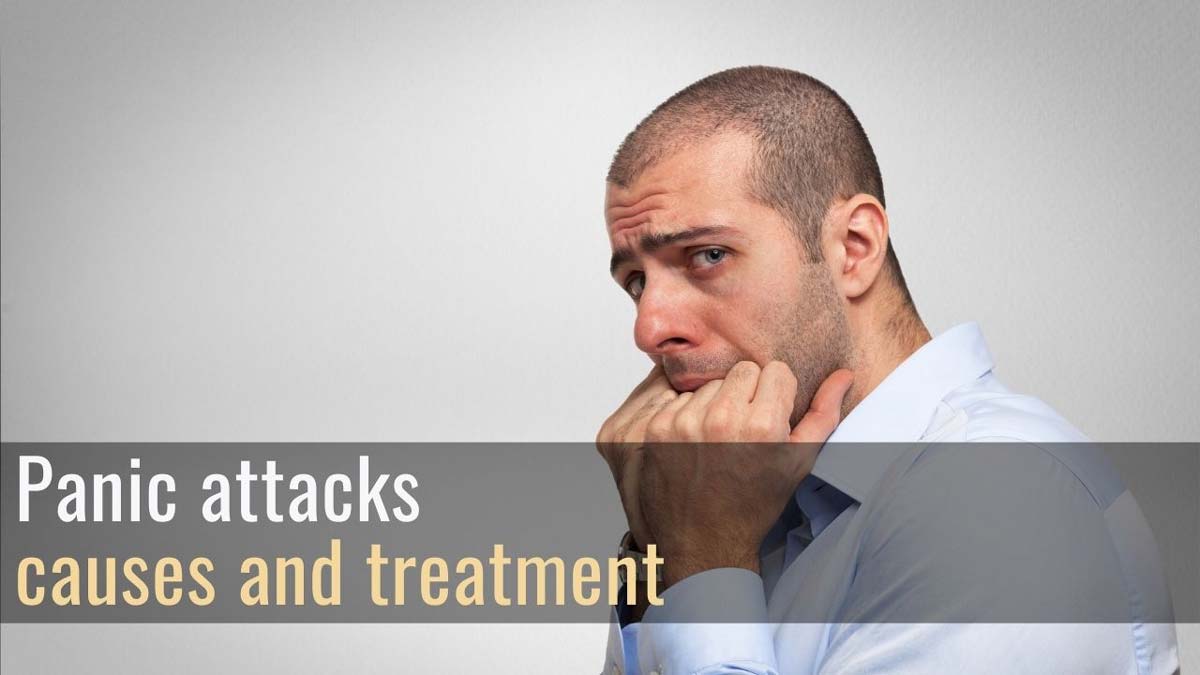
Panic Attack Treatment
Commonly, a combination of medication and psychotherapy is used for panic disorder. However, this widely used type of treatment is far from the best. This is because it often only treats the symptoms such as dizziness, palpitations, or trepidation, while the real causes remain untreated.
Those who do not recognize and eliminate the true causes of their panic attacks but instead only suppress the anxiety symptoms with antidepressants and tranquillizers (benzodiazepines) for years make several mistakes at once. On the one hand, this can lead to anxiety disorder becoming chronic. On the other hand, a dependence on psychotropic drugs develops. Even during exposure therapy, what is behind automated, anxious thoughts is rarely explored. This therapy primarily serves to dull the fears. You learn to tolerate fears and even panic attacks. We imagine a real cure differently.
Panic Attack Treatment at Home
Is it possible to successfully treat panic attacks at home? Yes, it is possible! When we started developing our online video course, THE ANXIETY CURE, a few years ago, that was precisely our goal. And our users’ enthusiastic comments confirm that we have achieved this goal. You probably don’t have 16 minutes right now to see how innovative and simple this treatment is at home. If you do, you’ll find the first episode of the course at the top of this web page.
A Panic Attack is Caused by:
Another important note: Panic attacks are often nothing more than a labour of love by the psyche. When people avoid overdue decisions or changes for too long, panic attacks can be an urgent warning from the subconscious. The message is: “Stop this harmful behaviour, or I will force you to do it with more anxiety attacks.”
You will learn about that further down in the text or the video at the beginning of this website. All these triggers (except the last one) can lead to isolated panic attacks but not to panic disorder with recurrent panic attacks. Of course, other reasons are responsible for this, but they are often not sufficiently considered in therapy.
Panic Attacks: The Most Overlook Causes
One of the most underestimated triggers for panic disorder is frequent negative rumination. There are people who, after a single panic attack, cannot stop thinking about whether something is wrong with them. But when you think over and over again whether you might be seriously ill, it is precisely this brooding that networks the brain in a particular way. Without wanting it, those affected ensure that neuronal networks are created, which leads to the fact that panic attacks now occur more and more frequently. But this automatic fear reaction of the brain can also be reversed. The currently fastest and probably even most pleasant method for this is described in the video, which you will find further up on this page.
But there is another important reason. As mentioned earlier, panic disorder is often nothing more than a labor of love by the subconscious mind. Some people spend years fighting what their gut tells them. Some hold on to relationships that don’t give them strength but only cost them energy. Others persist in professional situations where they have not felt comfortable for a long time. It may work to act against one’s wise gut feeling for a while, but the subconscious pulls the emergency brake at some point. The help of panic attacks forces those affected to finally take a critical look at certain situations and no longer postpone overdue changes.
If you want to learn more about why panic attacks are not a disease but, in fact, mostly just a labor of love by our psyche, we recommend this blog article on panic attacks, which we have linked HERE FOR YOU:
The Best Treatments for Panic Attacks
Usually, you get a combination of medication and psychotherapy for a panic disorder. However, this widespread type of treatment is not always the best. Especially if only the symptoms are treated and not the true causes, which we have discussed above.
If you do not identify and eliminate the natural causes of a panic disorder and only suppress the anxiety symptoms with antidepressants and tranquilizers (benzodiazepines), it worsens. Because this forces their bodies and subconscious minds to make themselves heard through panic attacks.
Therefore, exposure therapy cannot provide lasting freedom from anxiety. Here are the true causes of anxiety and panic not addressed, but only learned to no longer perceive the anxiety as threatening.
Suppose you want to overcome anxiety and panic permanently. In that case, you should journey to uncover the real reasons for your anxiety disorder. Our online video course, The Anxiety Cure, is the ideal companion for this journey. It will help you uncover all the causes of a panic disorder and overcome them step by step, without medication, exposure therapy, or painful rehashing of traumatic experiences. So don’t wait any longer. A better life is just a click away from you.
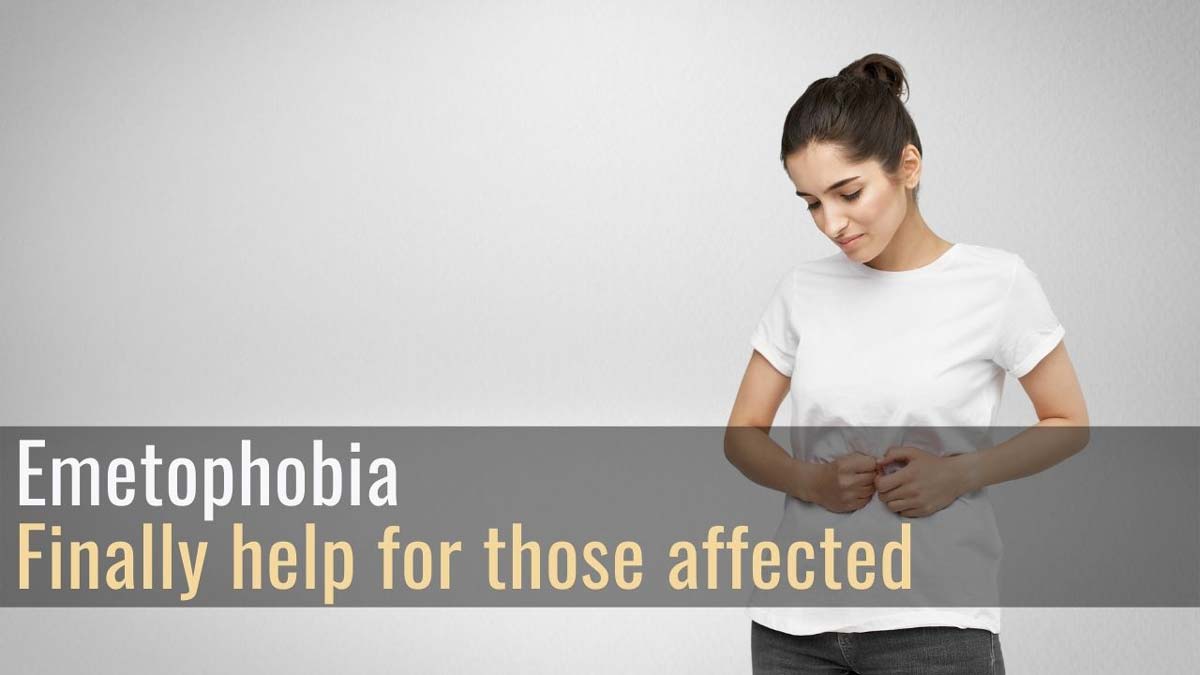
Emetophobia: Meaning and Causes
Emetophobia is the extreme fear of:
Many people are afraid of vomiting. However, if the fear of it is so intense that it dominates the everyday life of an affected person, then one speaks of emetophobia. It is often assumed that a specific experience is the cause of this anxiety disorder. In fact, however, it was not a particularly disgusting event to blame for emetophobia’s development. Instead, it was how such an experience was thought about repeatedly.
It is NOT Possible to Resolve Not Thinking About Emetophobia
Perhaps you know the story of the pink elephant. If you say to someone: Don’t think about a pink elephant, the person has to imagine just such an animal to process the information that he should not think about it. Emetophobes feel much the same way. They have tried too hard to stop thinking about certain situations. But since that works just as badly as the pink elephant thing, the information has become even more deeply embedded in the brain with each new attempt not to think about it. So the exciting question is: What does an emetophobic need to think instead to finally overcome the fear of vomiting? The answer to this question can be found in an easy-to-read blog article about emetophobia, which we have LINKED HERE FOR YOU.
Emetophobia Treatment
Until a few years ago, the treatment of emetophobia was considered complicated, and the chances of recovery were low. As a result, many adults with emetophobia report suffering from this fear since childhood. However, more is now known about how the fear of vomiting becomes neurally embedded in the brain. As a result, there are new and promising approaches in the fight against emetophobia. The process of stimulating the neuroplasticity of one’s own brain in such a way that the fear of nausea is literally overwritten at the neuronal level is considered particularly promising.
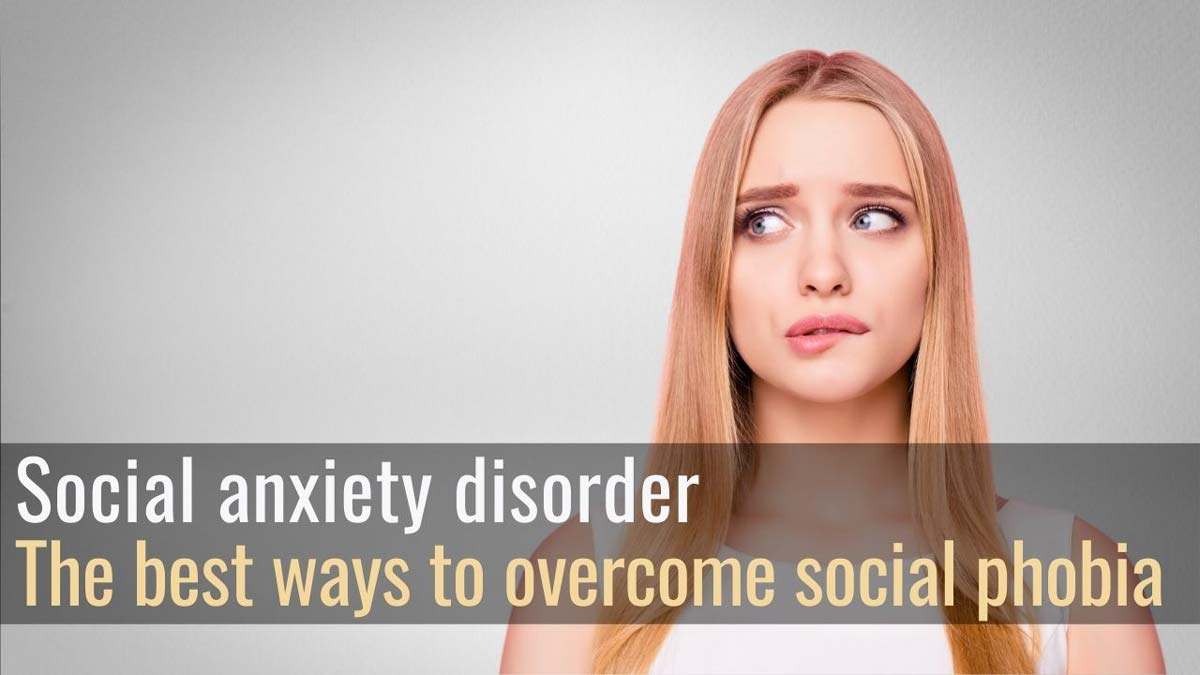
Social Anxiety Disorder: Meaning and Causes
Social anxiety is probably the most underrated anxiety disorder in the world. Yet, according to the National Institute of Mental Health, about 12,1% of adults in the U.S. suffer from a social anxiety disorder at some point in their lives.
People who have social phobia are not simply shy. Instead, they develop extreme anxiety symptoms as soon as they even begin to feel that they are the center of attention. But fortunately, there is a method that can quickly mitigate social phobia significantly.
Social anxiety disorder is the extreme fear of:
As for the causes of social phobia, it was long thought that a negative experience in childhood or adolescence was to blame for the development of this anxiety disorder. In fact, however, it is now known through numerous studies only very few people who were teased or publicly humiliated at a young age later developed a social phobia. So there must be other factors that promote this anxiety disorder. What those are and what you can do to completely overcome even severe social anxiety disorder is covered in a separate blog article we’ve LINKED HERE FOR YOU.
Best Treatment for Social Anxiety Disorder
Cognitive behavioral therapy (CBT), acceptance and commitment therapy, and solution-focused brief therapy (SFBT) offer different techniques for overcoming an anxiety disorder. But fortunately, you don’t have to go through the trouble of picking out the elements from each of these therapies that will best help you with your social phobia.
We’ve already summarized the most effective elements for you in our video course, The Anxiety Cure. Additional tools based on the latest findings in brain research also ensure that the first successes often appear after just a few days.
And don’t worry: you don’t have to face unpleasant situations to overcome your social phobia. Thanks to the latest findings from brain research, these outdated methods are a thing of the past. With the help of special mental training you can do from the comfort of your home, you will solve the problem only in your mind. And as soon as your brain no longer automatically reacts to certain situations with fear, nothing is left to face. We are aware that this sounds too good to be true for many sufferers. But at the Institute for Modern Psychotherapy in Berlin, we have already succeeded in hundreds of cases. One of our most severe cases even works successfully today as a comedian and performs full of fun in front of thousands of people.
Please be aware of the following. The fears that social phobics go through are not based on the fact that others are constantly observing and evaluating them critically but only on the pure fantasy that this would be the case. However, suppose a fantasy can turn healthy people into anxiety sufferers. In that case, there MUST be a fantasy that reverses this process. Which fantasies are these, and how can you anchor them most quickly in your subconscious so that social situations trigger joy in you instead of fear? You will learn all this in our online course: THE ANXIETY CURE.
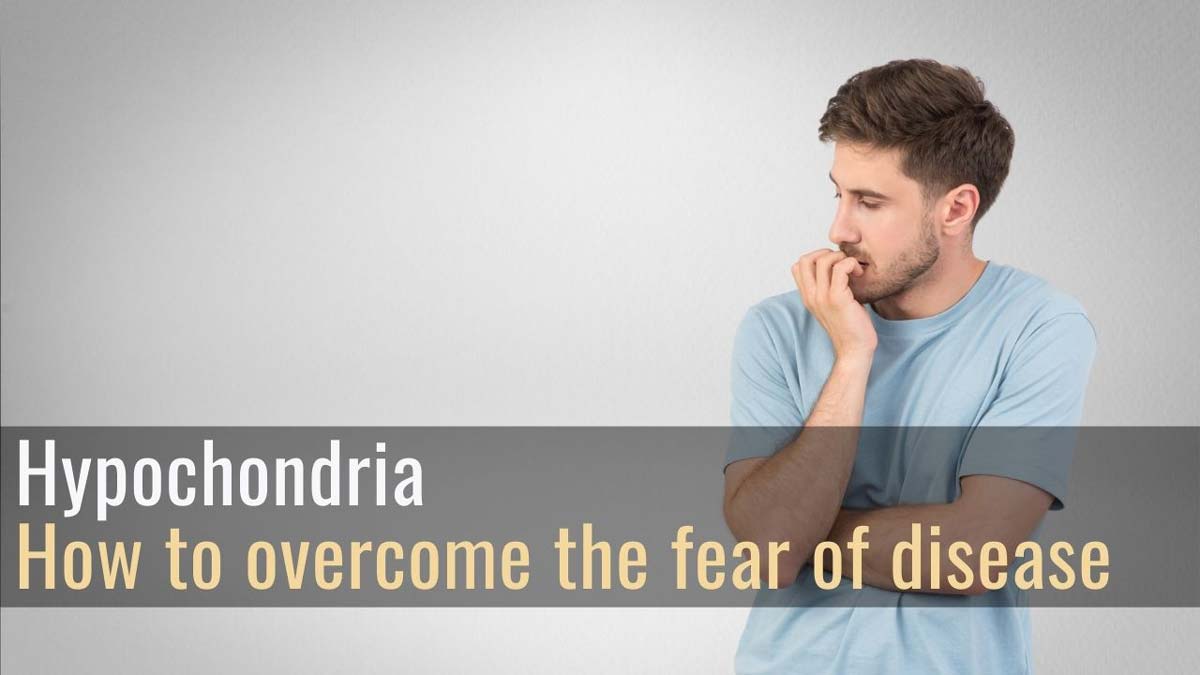
Hypochondria: Meaning and Causes
Hypochondria is the extreme fear of:
For a long time, experts have assumed that hypochondriacal disorder is caused or at least favored by negative experiences in childhood, for example, through illness or death in the family, but also through an overprotective upbringing. However, thanks to new findings from brain research, we now know that the way we think about ourselves and our environment has much more influence on developing this anxiety disorder than early childhood experiences.
If you want to learn more about how to change the way you think so that hypochondriacal fears can be quickly calmed, you should look at the blog article we have linked for you here.
Best Treatment for Hypochondria
It is hard for hypochondriacs not to worry about their health. Yet, even if they have been suffering from hypochondria for years, they still have not developed any severe disease.
Therefore, it is essential to change the focus of the affected person. If the attention is less on all the illnesses one might suffer from, it can be more on all the positive experiences that life still has in store. Then it is only a matter of time before you overcome the hypochondria completely.
This change of focus is actively trained in cognitive behavioral therapy (CBT) and solution-focused brief therapy (SFBT). The Bernhardt Method also pursues this goal, but with a difference. Here, the latest brain research findings help quickly achieve the desired goal, namely a life without hypochondria.
With the help of the 10-sentence method and the 5-channel technique, fearful thoughts in the brain are literally overwritten on a neural level. This leads to the fact that the first successes with this method start after a few days of application.
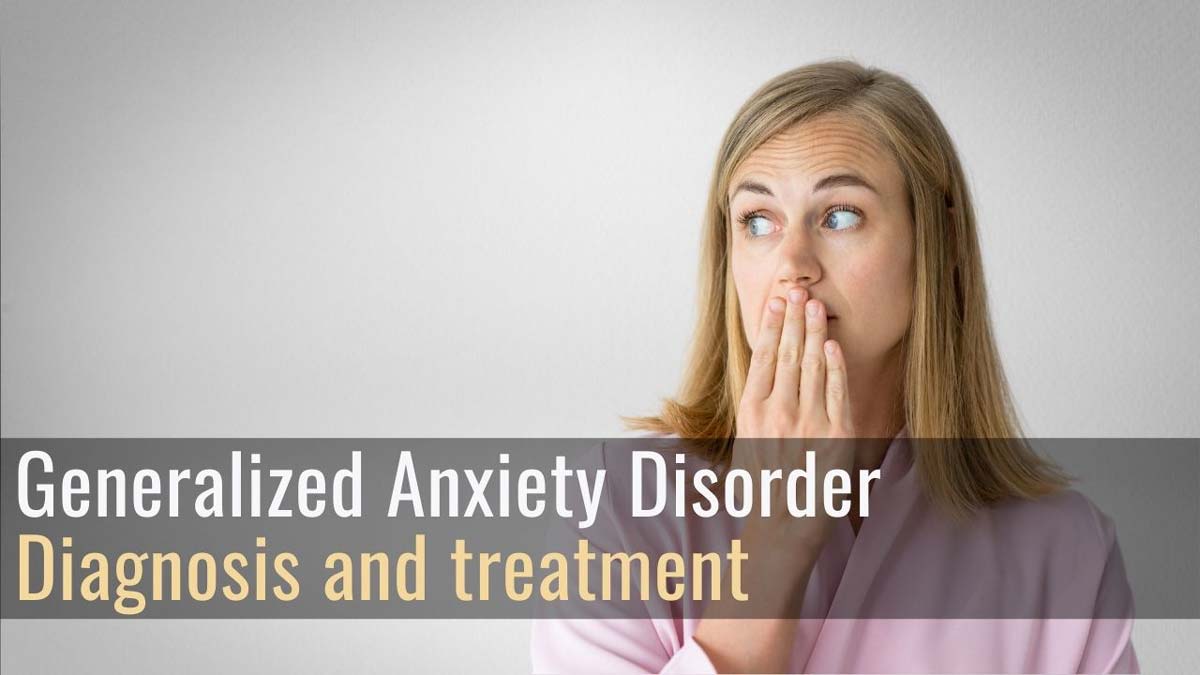
Generalized Anxiety Disorder Treatment
Cognitive behavioral therapy (CBT) has been considered an effective treatment for GAD for a long time. Especially when combined with pharmacological therapy. But thanks to new findings from brain research, there is now a faster and, above all, gentler alternative. With the Bernhardt Method, sufferers can overcome generalized anxiety disorder without psychotropic drugs. This has several advantages because antidepressants and tranquilizers (benzodiazepines) are known to have numerous undesirable side effects.
The Bernhardt Method takes an entirely different approach. Thanks to new anxiety-stopping techniques developed based on the latest neuroscientific studies, those who are often affected ultimately stop burgeoning anxiety within seconds. Especially anxiety patients for whom conventional therapies have not been successful so far are often amazed at how easy these techniques are to apply and yet how effective they are. If you want to experience this, we recommend our online video course, THE ANXIETY CURE. In it, those affected can learn the Bernhardt Method for self-therapy without any problems.
A Generalized Anxiety Disorder is Characterized by
Generalized anxiety disorder is diagnosed when sufferers are tense for more than six months, and at least four of the above symptoms occur frequently. In addition, other physical triggers, such as hyperthyroidism, must be ruled out. Suppose you want to learn more about the latest findings around GAD. In that case, we also recommend the following blog article, which we have linked here.
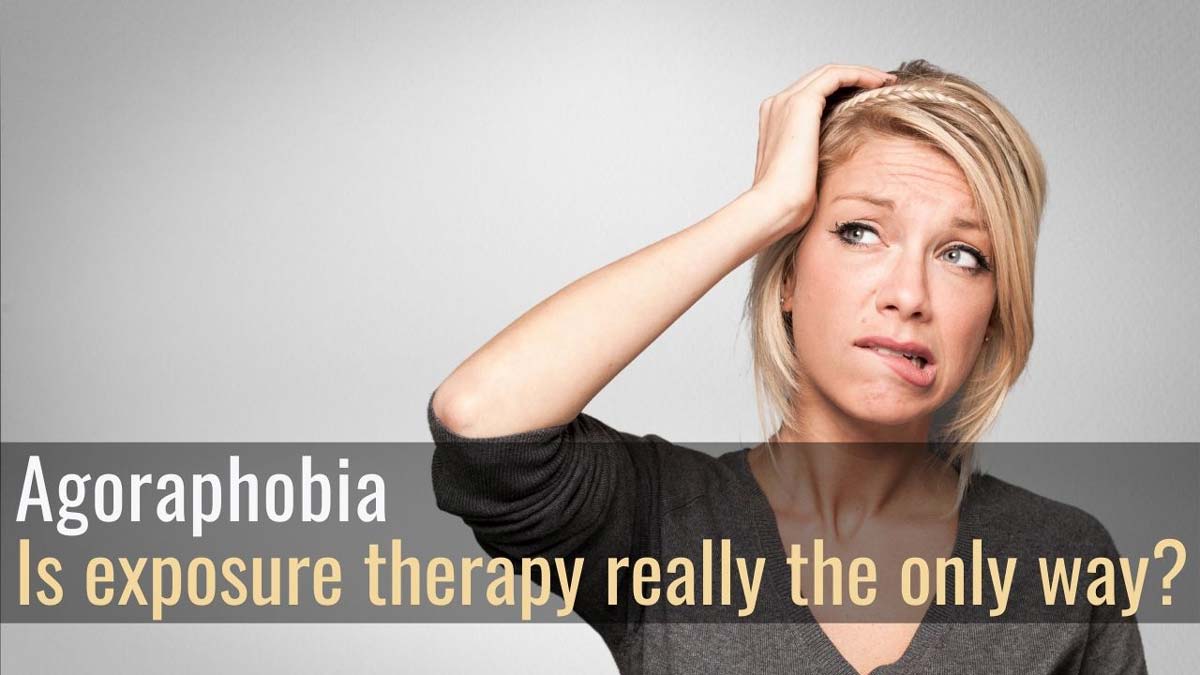
Agoraphobia: Meaning and Causes
The word agoraphobia is composed of the two ancient Greek words “agora” and “phóbos.” The first means “marketplace,” and the second means “fear.” So, agoraphobia implies the fear of crowded places. But this describes only part of the situations that agoraphobics fear.
Agoraphobia is the fear of:
As far as the causes of agoraphobia are concerned, it is often read that genetic factors or a disturbed balance of neurotransmitters in the brain can play a role. Much more often, however, this fear is attributed to negative learning experiences in childhood and adolescence. Agoraphobia often worsens if left untreated because sufferers are trapped in certain thought circles. In extreme cases, these even lead to recurring panic attacks. Breaking these self-reinforcing vicious circles is, therefore, one of the most essential tasks in treating agoraphobia.
Best Treatment for Agoraphobia
The standard treatment for agoraphobia is a combination of psychotherapy and pharmacotherapy. However, especially if agoraphobia is diagnosed early, good healing successes are possible.
However, this is not the only way to get rid of agoraphobia. Those who have suffered from anxiety disorder for a long time and don’t want medication or exposure therapy can also overcome their fears gentler and usually even faster.
We are talking about a new form of therapy that explicitly uses the neuroplasticity of the human brain to unlearn agoraphobia. Neuroplasticity is the ability of the human brain to rewire itself into old age. The first episode of our online course, THE ANXIETY CURE, will teach how this therapy works and why it is sometimes clearly superior to conventional psychotherapeutic methods. You can watch the video HERE for free. You can also find more valuable information on what else you should definitely look out for in agoraphobia in a detailed blog article that we have linked for you here.
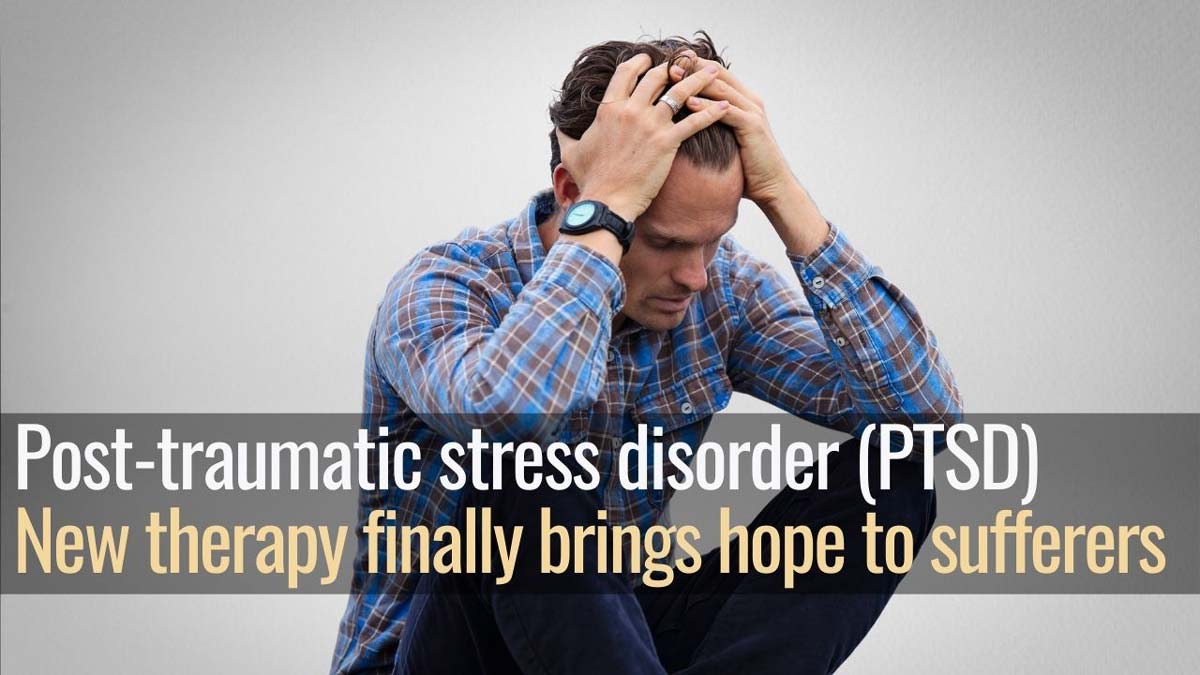
PTSD – Meaning and Treatment
According to a study, about 90% of all Americans have an experience that is so bad it could develop into post-traumatic stress disorder (Journal of Traumatic Stress). However, this only happens to about 8% of all sufferers, while 82% continue living without PTSD. This inevitably leads to the question of the actual cause of PTSD. For example, was it the traumatic experience (e.g., the death of a loved one in an accident or an act of violence) or how the affected person subsequently processed the experience?
Perhaps we should pose the question differently. What happened differently for that 82% who did not develop PTSD, even though they also had to live through a dramatic situation? Many brain researchers are sure that the most important findings that help overcome PTSD are found in the 82% and not in the 8% that research has focused on for years. This is because there appears to be a particular form of mental processing that reliably protects against the development of post-traumatic stress disorder. And it also helps to eliminate pre-existing PTSD.
This form of mental processing is the subject of THE ANXIETY CURE, the online video course at the top of this web page. Of course, you can continue searching the Internet to find another method to help you overcome your PTSD. Or you can give a chance to a technique that has helped hundreds of sufferers quickly and sustainably. There’s no risk because the first episode of THE ANXIETY CURE is free.
